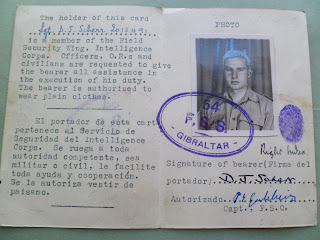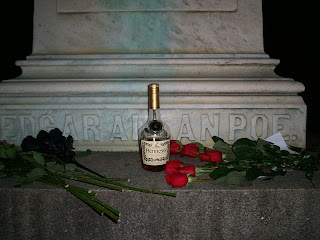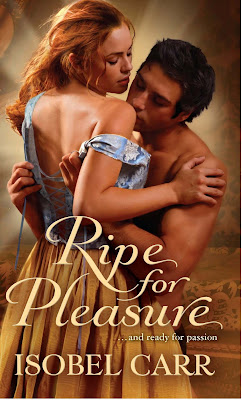A little personal history

My earliest memory is learning to read. I was three years old. One of my sisters was seven, and learning phonics in school. We were lying on the hardwood floor in the foyer of our drafty old house in western Pennsylvania, and she was reading Dr. Seuss books to me. I already knew the alphabet, but she explained all about how letters made sounds, and those sounds formed words. Eureka! A lightbulb went on over my head, just like in a Warner Brothers cartoon. I read my first book right there on the floor. I think it was Dr. Seuss' Hop on Pop . Another early favorite was The Little Engine that Could ( I think I can, I think I can... ). I read everything I could get my hands on. There was no shortage of books in the house, but I'd read anything — cereal boxes, milk cartons, shampoo bottles. When I was eight, my older brother went to college, and he sent me a lot of books that were inappropriate for my age. I remember reading Arthur Koestler's Darkness at Noon when I was about ...






